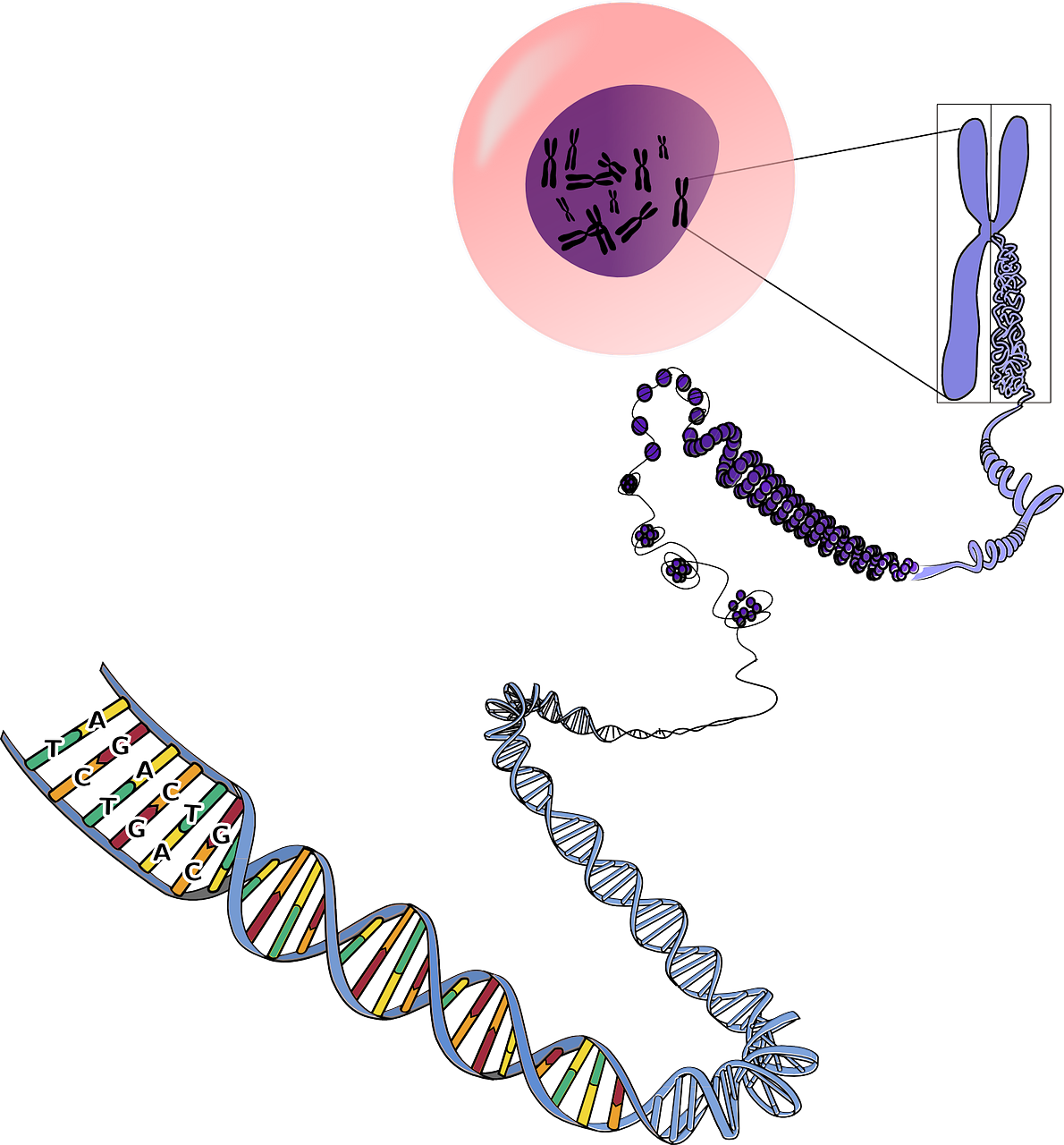EU pathway for improve rare disease identification and treatment
/New EU platform to support better rare disease diagnosis and treatment
The European Commission is launching a new online knowledge-sharing platform to support better diagnosis and treatment for more than 30 million Europeans living with a rare disease.
Currently a vast amount of data on patients with specific conditions is scattered across Europe in about 600 'registries' – databases that hold information on patients with specific conditions. Data is not collected EU-wide and there are no shared standards to analyse the information that is available on rare diseases. The new European Platform on Rare Diseases Registration will bring this data together supporting the quality research that can enhance diagnosis and treatment outcomes - helping to improve the lives of patients and their families.


















